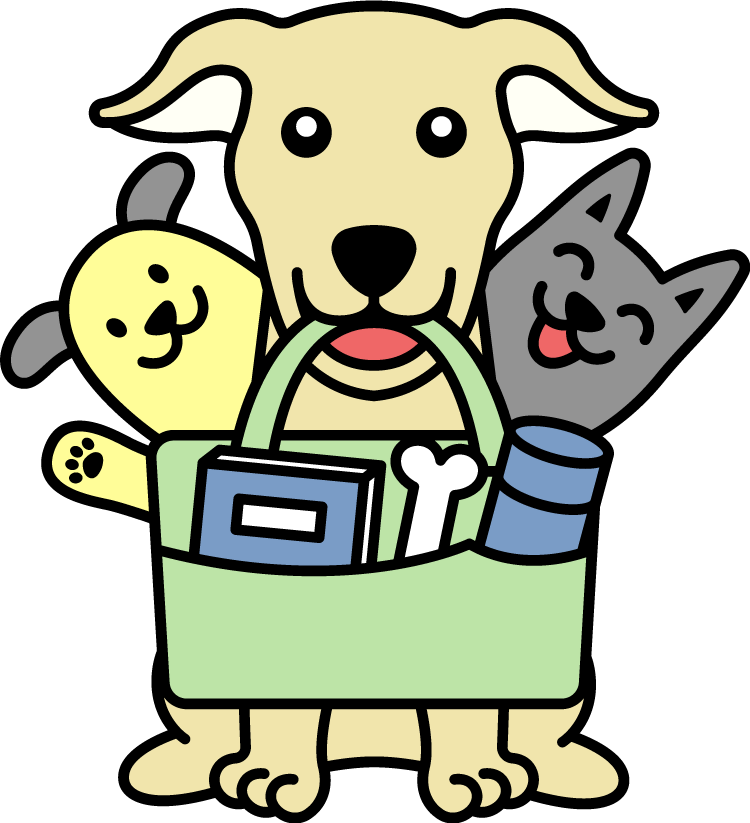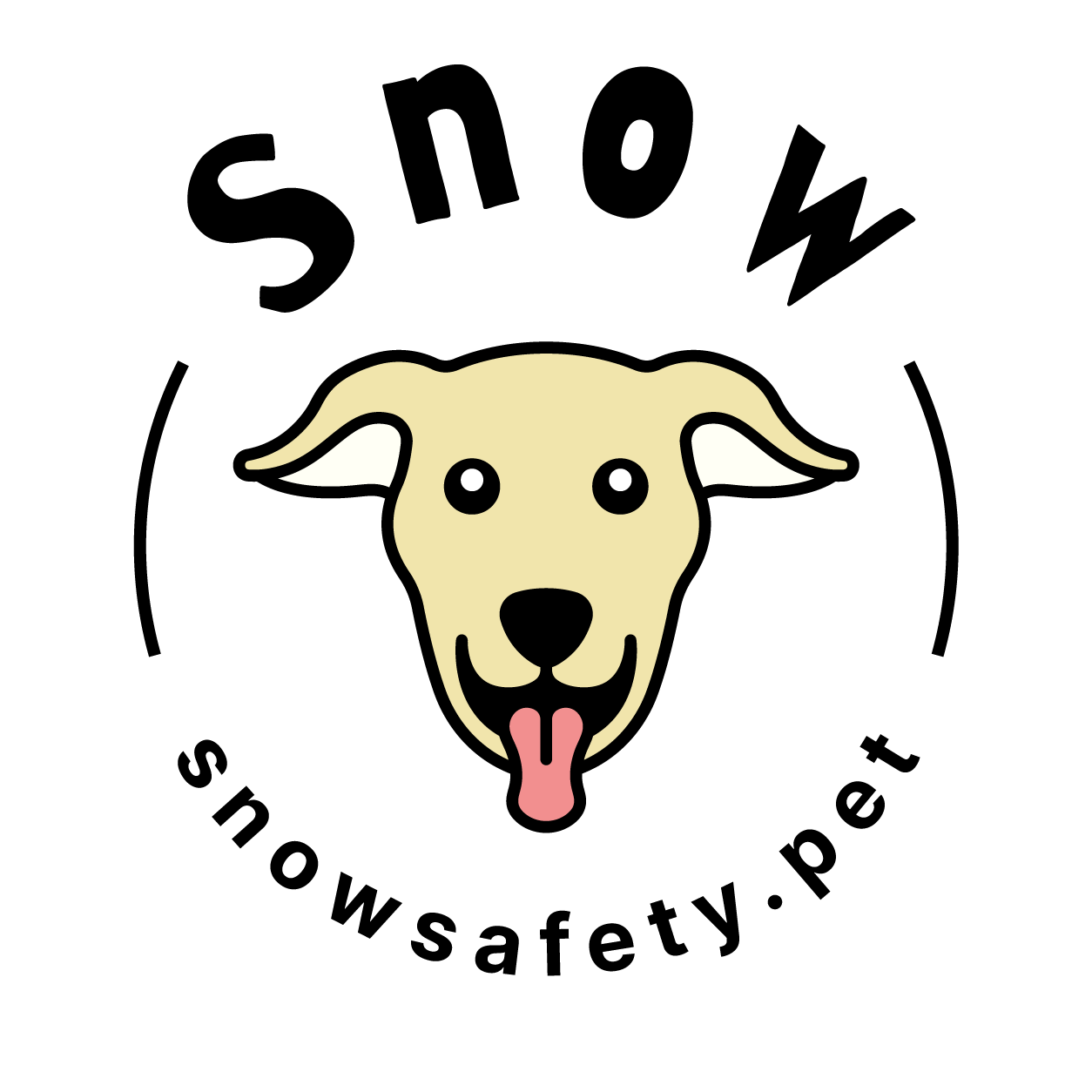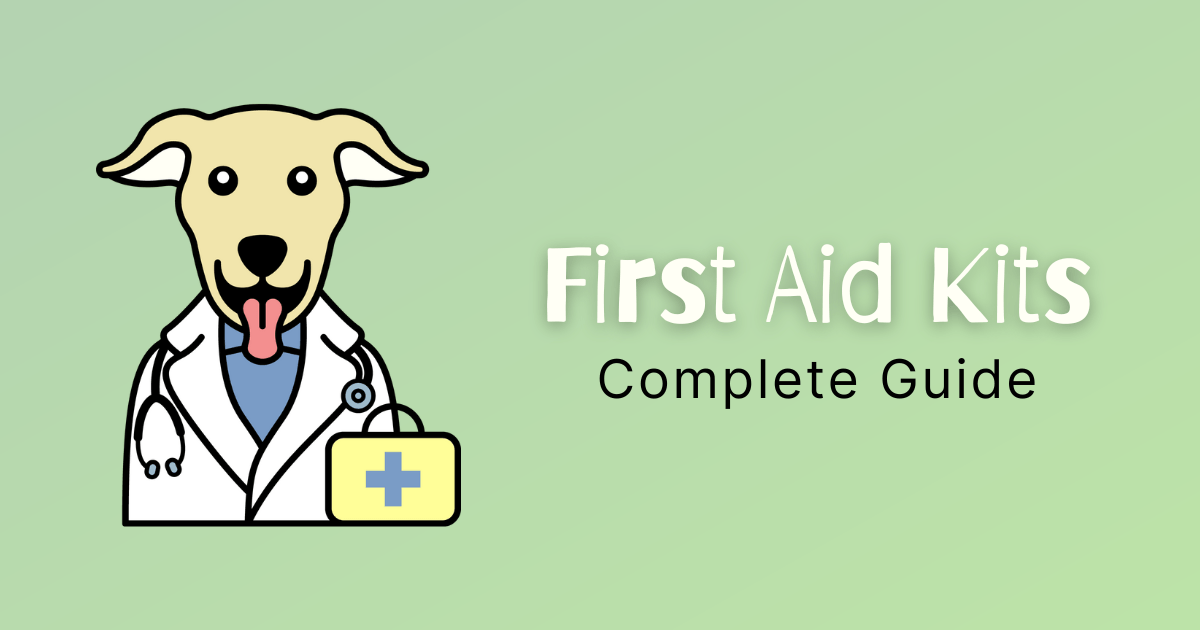How to Choose a Doggy Daycare
Doggy daycare has been extremely popular for dog owners across Ontario, as it gives your pooch a safe place to interact with other dogs. In addition, it provides both mental and physical stimulation that your dog may not necessarily get at home.
So how do you know which doggy daycare is the right one for your furry family member? Especially considering how popular they now are. There are many styles of daycares, from larger facilities to people offering doggy daycare in their home. Unfortunately, doggy daycare is unregulated, so it’s important to ensure that the doggy daycare you select is the right one.

10 Things to Look for in a Doggy Daycare
#1 - They are transparent
Transparency is always the best quality in choosing a daycare for your dog. You will know that they are transparent if they are willing to answer all of your questions, are open about discussing policies, disclose their training philosophy and are friendly.
Transparency goes even further than that. A reputable doggy daycare will be sure that there are enough photos and videos for you to see to ensure that the facility is clean and the dogs are well cared for. They may not let you have a tour, as some dogs can be reactive towards strangers and it can be stressful. Instead, they may have a window for you to peek in or a live webcam where you can watch what is going on.
#2 - They follow a schedule
This doesn’t mean that the daycares schedule suits yours (although this is a plus), but that they have a schedule that they follow for the pups. Dogs need routine, so it’s important to know if the daycare has a routine in place, like structured play time, nap time, toy time, etc. Do they have areas where they can separate or rotate dogs that want rest time. Or maybe it’s a free for all and the dogs can do as they please, within reason of course.
#3 - They have vaccination requirements
When in daycare, dogs are in very close contact with one another and can even ingest saliva. It is a fast and easy way to illnesses diseases. A responsible daycare will require that all dogs that attend show current vaccination certificates for rabies, bordetella (kennel cough) and DHPP (distemper, hepatitis, parainfluenza, and parvovirus).
#4 - They have spay & neuter requirements
In addition to often having minimum age requirements, a doggy daycare should also have spay and neuter requirements. Regardless of the health implications and dog population problems, unfixed dogs have different personalities than those that are fixed. Intact males can act aggressively towards fixed males, and vice versa. The same is true for female dogs. At the end of the day it’s a safety precaution and one that your daycare should implement.
#5 - They have a trial period
Not all dogs do well in daycare. Some can get anxious, reactive or even shows signs of resource guarding. A daycare should have protocols for what dogs they accept into the pack. This is done by doing a temperament test to make sure that your dog is well suited for a doggy daycare environment. This doesn’t only mean that your dog is comfortable with other dogs, but also with the staff. The staff are the ones handling your dog, so he/she must be able to take instruction and be handled by someone that isn’t you.
A good daycare will first test your dog with staff. Then, once the staff see that there will be no issues, they will do a temperament test with just one or two other dogs. They may also start your dog in a separate area inside of the play area, where the other dogs are visible, to see how she/he reacts. Eventually, they will let your dog play in the main play area with the other dogs. If they do well of course. If not, then your dog is probably not cut out for daycare.
These extra measures are to ensure that all of the dogs are safe and will enjoy their daycare experience. The length of time of the trial period will vary according to the daycare and the dog. But it could be anywhere from one hour to a full day.
#6 - There is ample staff and they are all trained
According to the International Boarding and Pet Care Services Association there should be one person for every 15 dogs for safety. Some daycares like to have at least one trained human for every 10 dogs. Activity level will play a big part in this. Dogs that are more active will probably require more supervisors, while less active dogs will probably be safe with fewer. Because there are no industry regulations, the ratio of staff per number of dogs will have to be something that you feel comfortable with.
In terms of training, there should be at least one staff member there at all times that is a certified trainer. Again, this is not regulated, but it will ensure that your dog, and the others are safe, and that there is someone that is qualifies in case of an incident, or if a particular dogs needs a lot of extra care. In addition, staff should know how to read dog body language, know how to manage playtime, know how to break up fights, and have pet first aid and CPR certification.
#7 - There is ample staff and they are all trained
Things can happen at daycare, like, for example, your dog can get scratched, bit or can sprain an ankle. Dogs play with their mouth and paws, so injuries can happen. Because of this, the daycare you choose should have protocols in place. This could be something simple like having a first-aid kit to clean wounds, to more serious emergencies like having to take them to the vet. The staff should be trained on how to administer first-aid when required, but also in assessing if emergency care is needed.
They should have emergency protocols in place of there is a serious injury. This could be contacting you, taking them, to a nearby vet, contacting your vet, etc. As well, if there is an emergency, do they have a vehicle to take your dog to the vet? Are the adequately staffed in case of an emergency? You will most likely sign an agreement or authorization form that states the emergency protocols on it.
#8 - There are not too many dogs
Because of staff:dog ratios, a doggy daycare should not have more dogs than it can handle on a given day. This will also depend on the size of the daycare, and what type of daycare it is (which we will go through later).
As well, some doggy daycares separate their dogs based on size or energy level. Some don’t separate, as they feel that all dogs should learn to play and be around all types of dogs. Find one that separates dogs based on what you feel most comfortable with for your dog.
#9 - It is properly secured
This is especially true if the doggy daycare has an outdoor area. If so, the fencing should be at least 6-feet tall to ensure that no dogs can jump over it and get loose. Fir the interior, there should be a double door system so that dogs can’t run out of the playroom or out the front door and into the street. The dogs should have no direct access to any door that leads outside.
#10 - They have potty breaks
Sometimes when dogs are playing, they forget to go to the bathroom. Holding it in can be dangerous, so it’s important that the daycare takes each dog out for a potty break if they are spending a few hours there. If your dog is there for a full day, then they should go on multiple potty breaks.
Different Styles of Dog Daycare
There are a few different styles of doggy daycare, so be sure to choose the one that is best for your dog’s temperament and needs.
Dog Park Style
These daycares are often completely outside in an enclosed, fenced area, although they can also have an indoor space as well. Basically, dogs can go in and out as they please to play with one another, play fetch with staff, go to the bathroom or even just watch the action from the sidelines. Because an outdoor space is assessable all day, expect your pooch to come home wet and/or dirty. As well, your dog should be comfortable spending ample time outside in all four climates.
This type of daycare is great for dogs that love to run and do zooms will do well in this type of doggy daycare. Dogs that get overwhelmed by high activity may be too overwhelmed for a dog park style daycare.
Separated Play Style
These daycares have smaller play areas that are indoor-only, or have an outdoor area that’s separated from the indoor space. They also often have different separated areas to separate dogs based on energy level, play style and size.
This is a great setting for dogs that only want to play with dogs their own size and/or energy level. Dogs that get along and socialize with all types of dogs may not like this setup.
Home Style
This is just what you think it would be; a daycare in someone’s home. This is great for dogs that are may get overwhelmed in a doggy daycare setting, as it’s a familiar environment. These daycares usually only have a few spaces for dogs each day, as the space may typically be smaller and due to licensing issues having a dodgy daycare in a home.
Dogs that have separation anxiety or enjoy being around just a few dogs at a time will love a home style daycare. Dogs that want to run. Around and let out their energy are probably not suited for this style.
Word of mouth is always a great way to find a doggy day care that’s a good fit for you and your pooch. In addition to these tips on how to choose a doggy daycare, it’s a great idea to also ask around. Ask your friends with dogs, neighbours with dogs or people you meet at the dog park if they go to a doggy daycare, and if so, which one. Getting input and recommendations (or otherwise) is always a good place to start. But the most important thing is that your furry loved one has a good time and is a happy, tired pup when he/she comes home.

